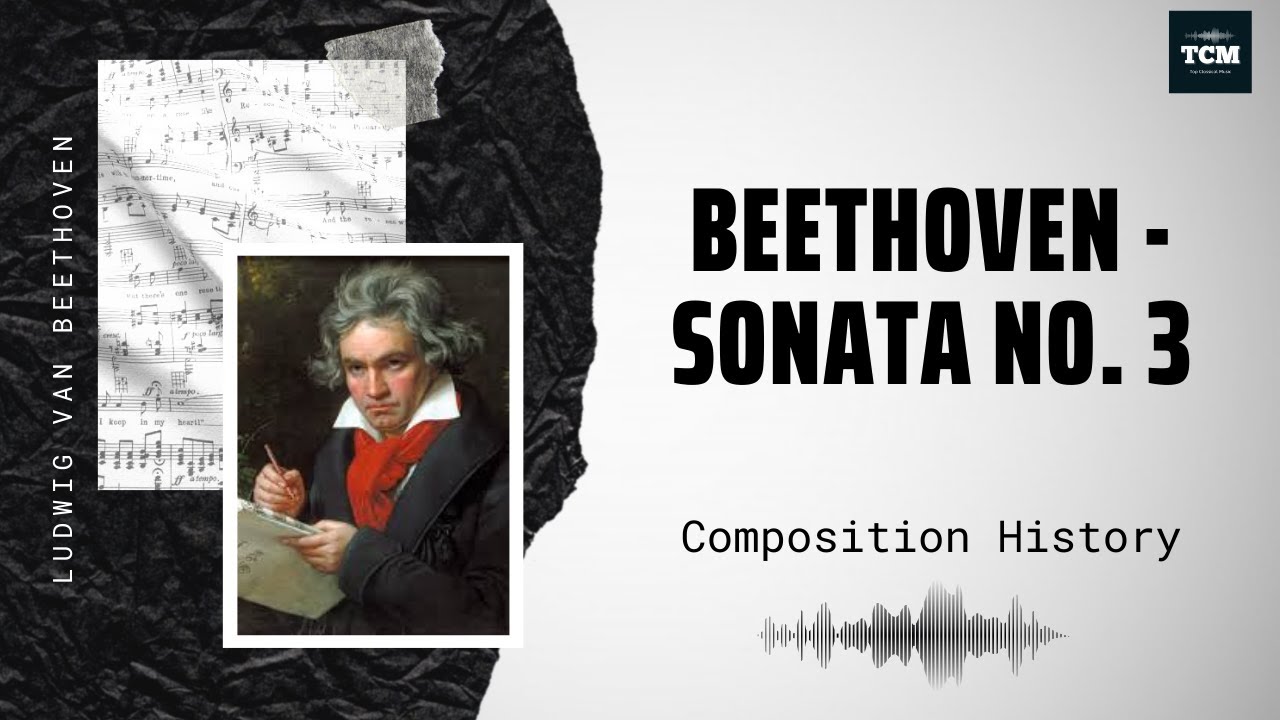
Bach – Partita No. 2 BWV 826 – Music | History
The Partitas, BWV 825–830, are a set of six harpsichord suites written by Johann Sebastian Bach, published individually beginning in 1726, then together as Clavier-Übung[…]

Liszt – Grand duo concertant sur le ‘Le marin’, S.128 – Music | History
Grand duo concertant sur la Romance de M. Lafont ‘Le marin’, S.128 is a piece for solo violin and piano composed around 1849 by Franz[…]

Haydn – Piano Sonata in F major Hob. XVI – Music | History
The Piano Sonata in F major, Hob. XVI/9, L.3, was written in 1758 by Joseph Haydn. Haydn’s piano sonatas were long disseminated solely in the form[…]

Mozart – Flute Concerto in G Major K. 313 – Music | History
The Flute Concerto No. 1 in G major, K. 313, was written in 1778 by Wolfgang Amadeus Mozart. Commissioned by the Dutch flautist Ferdinand De[…]

Beethoven – Sonata No. 3 in C Major, Op. 2 – Music | History
Ludwig van Beethoven’s Piano Sonata No. 3 in C major, Op. 2, No. 3, is a sonata written for solo piano, composed in 1795. It[…]

Chopin – Nocturne in C sharp minor, Op. 27 No. 1 – Music | History
Chopin – Nocturne in C sharp minor, Op. 27 No. 1 – Music | History The Nocturnes, Op. 27 are two solo piano pieces composed by[…]

Rossini – Overture to William Tell – Music | History
Rossini – Overture to William Tell – Music | History The William Tell Overture is the overture to the opera William Tell (original French title Guillaume[…]

Chopin – Etude Op. 10 – Music | History
Chopin – Etude Op. 10 – Music | History The Études by Frédéric Chopin are three sets of études (solo studies) for the piano published during[…]

Paganini – Violin Concerto No. 2 – Music | History
Paganini – Violin Concerto No. 2 – Music | History The Violin Concerto No. 2 in B minor, Op. 7, was composed by Niccolò Paganini in[…]

Handel – Recorder Sonata in F HWV 369 – Music | History
Handel – Recorder Sonata in F HWV 369 – Music | History The Sonata in F major (HWV 369) was composed (before 1712) by George Frideric[…]